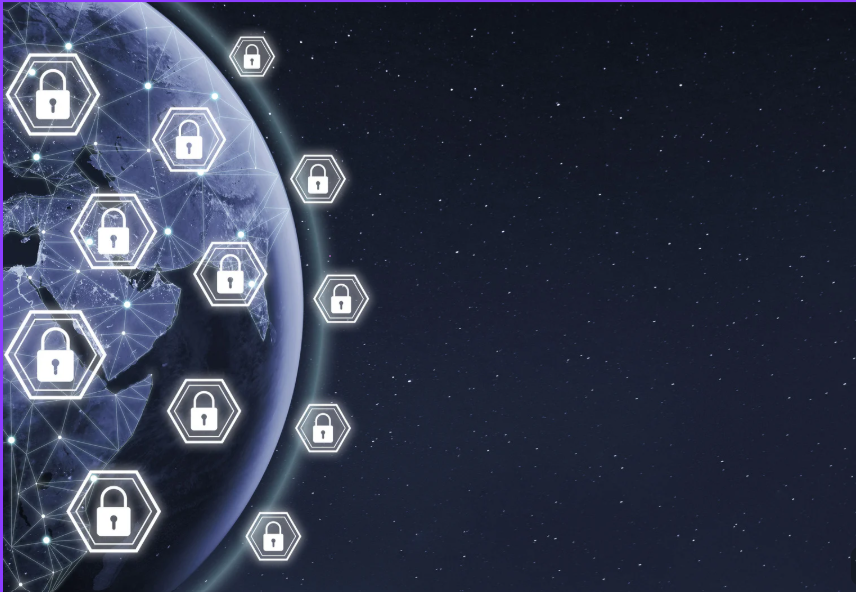Introduction
Public Wi-Fi is available almost everywhere today — cafés, airports, hotels, shopping malls, and even public transport. While it offers immense convenience, it also exposes users to serious cyber risks. Attackers often exploit unsecured networks to steal sensitive information like passwords, banking credentials, and personal messages. This guide explores how to protect yourself when using public Wi-Fi.
Public Wi-Fi is everywhere — in cafés, airports, hotels, malls, and even on public transport. While it offers great convenience, it also carries serious cyber risks. Hackers often exploit unsecured networks to steal passwords, banking credentials, r personal messages. This guide walks you through practical steps to protect yourself whenever you go online using public Wi-Fi.
Understanding Public Wi-Fi Risks
Some public Wi-Fi networks don’t use strong encryption, leaving them open to attacks such as
Man-in-the-Middle (MITM) – where attackers intercept communication between you and the network.
Packet sniffing – monitoring unencrypted data flowing over the network.
Session hijacking – taking over your active web sessions.
Recognizing these threats is the first step toward defending yourself.
1.VPNs: Your First Line of Defense
When you connect to any internet your device will start sending data packets across the network and anyone in the same network could potentially intercept, monitor or even alter the traffic if its not encrypted. This is where a VPN(Virtual private network) can help you to creates a secure, encrypted tunnel between your device and the internet. This will not make you invisible, but it wraps any information that is sent via VPN , hence anyone on the same network intercept the data it’s of no use as the data is all scrambled. This prevents hackers on the same network from intercepting your data. There are many reputable VPN providers in the market, look for the one which offers stronger encryption, generally the paid ones do.
Remember, while a VPN is a powerful tool in your security arsenal, it’s not a silver bullet. Combining it with other protective measures, such as ensuring your device’s firewall is enabled and using strong, unique passwords, will further enhance your online safety.
2.Browser and Website Security
Always check that the websites you visit use HTTPS. The padlock symbol in your browser indicates an encrypted connection. Without HTTPS, attackers can intercept and read data you send.
Additionally, regularly clearing your browser cache and cookies can help protect your privacy by removing stored data that could be exploited by attackers. For added security, use a privacy-focused browser or enable incognito mode when on public networks, which limits the retention of your browsing history and data.
3.Device-Level Security
We must ensure to update the operating system and apps regularly. These updates frequently address vulnerabilities in the software that hackers might exploit to gain access.
Another layer of safety comes from using tools that are already built into your device, like firewalls and antivirus programs. A firewall works like a security guard, checking what comes in and goes out of your device, while antivirus software helps spot and remove harmful programs.
It’s also smart to be careful with sharing features. Things like automatic file sharing, AirDrop, or Bluetooth can be convenient, but in public places they can also let strangers connect to your device without your permission. Turning them off when you don’t need them reduces the risk.
When you combine all these habits—keeping updates current, using protective tools, and switching off sharing in public—you make your device much harder for hackers to attack.
4.Account security
Avoid using the same password across multiple accounts. If one account is compromised, attackers won’t be able to access others. Passwords should be strong, unique and suggest using 3 Random words which are easy to remember. Two-Factor Authentication (2FA) adds a critical extra step, requiring a one-time code or app verification.
Moreover, be cautious about email phishing attempts that may occur after connecting to public Wi-Fi. Attackers can use information gleaned from unsecured networks to craft convincing emails that trick you into revealing more personal information. Always verify the sender’s details and avoid clicking on unknown links or attachments.
5.Smart Usage Practices
Avoid conducting sensitive activities like banking or accessing confidential work files on public Wi-Fi. Turn off ‘auto-connect’ on your devices and always manually select Wi-Fi networks. After finishing, log out of accounts, clear cookies, and forget the network to prevent accidental reconnections.
Be mindful of your surroundings and who might be watching your screen or keyboard. Shoulder surfing is a common technique where someone nearby observes your actions to gather sensitive information. Consider using a privacy screen filter to deter prying eyes.
5 Key Tips to Keep in Mind
- Use a VPN to Secure Your Connection
- Check for HTTPS Before Entering Information
- Keep Your Device Updated and Protected
- Strengthen Account Security with Strong Passwords & 2FA
- Disable Auto-Connect and Unnecessary Sharing Features and Avoid Sensitive Activities on Public Networks


